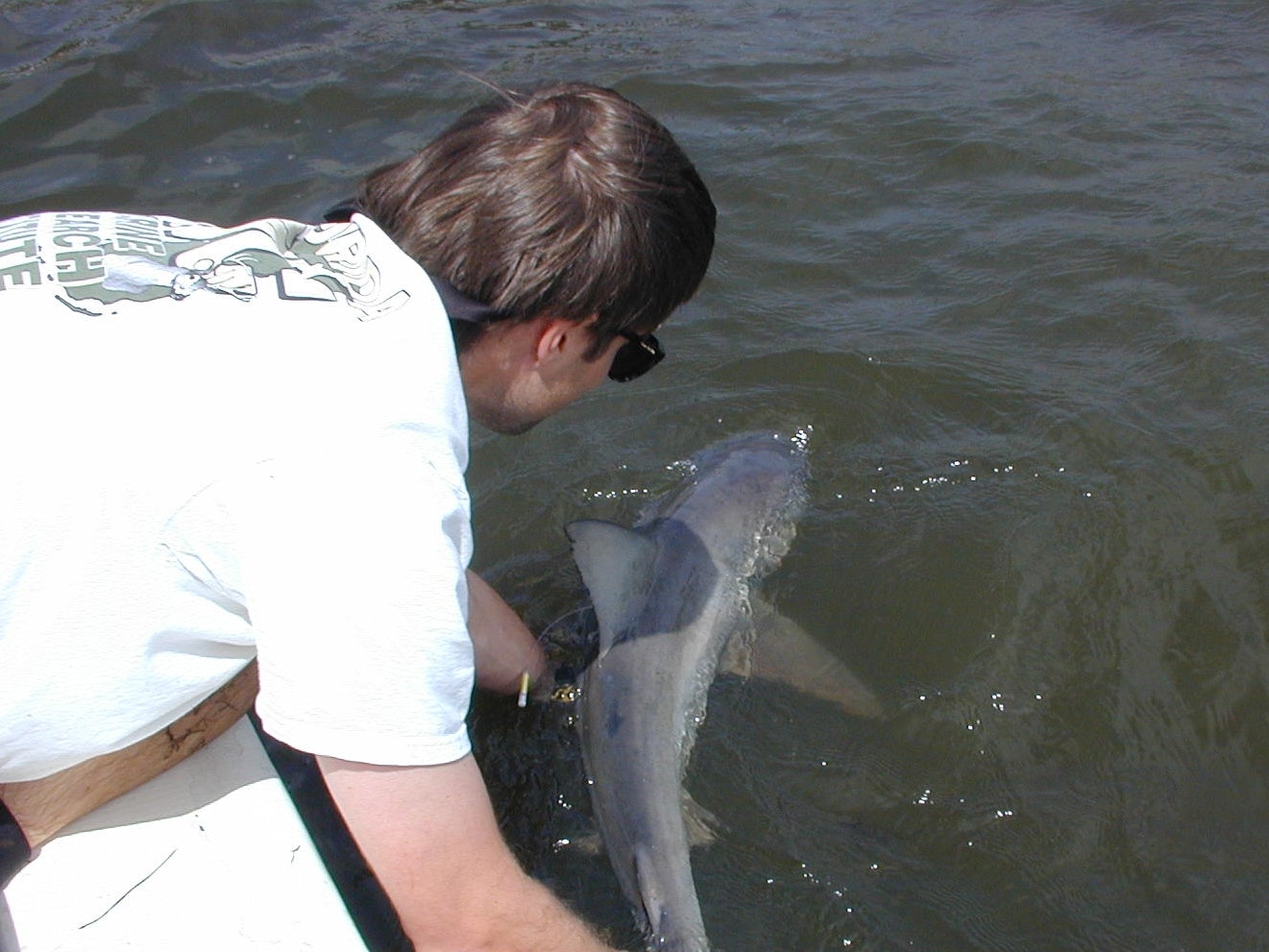Part One: Reef Fish Fishery Migrators

From the shoreline, you can watch boats ply the waters of Sebastian Inlet, whether they’re bound for the Atlantic Ocean or returning to the 156-mile-long Indian River Lagoon after a day of offshore fishing.
Beneath the water’s surface, however, lies the gateway to a different world altogether: A fish utopia, a hub of diversity where the locals mingle with seasonal visitors, diners gorge themselves in restaurants, and social services — such as nurseries and daycare facilities — teem with juvenile fish.
To better understand the dynamic world of the inlet’s fish population, we spent time with Dr. Grant Gilmore, a world-renowned biologist and senior research scientist with Estuarine Coastal and Ocean Science. Gilmore’s credentials include 32 years at Harbor Branch Oceanographic Institute in Fort Pierce, and Florida and Dynamic Corporation at the Kennedy Space Center. He has published 68 scientific articles and 49 popular articles in magazines, the majority of which focus on fish biology and ecology in the subtropical/tropical Western Atlantic and southeastern United States.
As you might imagine, Gilmore has amassed 50 years of fish stories. For the sake of brevity, he outlined five basic “life history strategies” of Sebastian Inlet fish. We’ll highlight each of the fish groups in a series of articles over the coming weeks.
This week, we begin with a group that Grant calls “Reef Fish Fishery Migrators.”
If you believe that all reef fish spend their entire lives in the ocean, think again. The most prominent members of this migratory group are groupers and snappers, Gilmore says.
“Gag and red groupers visit the Indian River Lagoon’s seagrass beds and oyster reefs as juveniles in spring,” Gilmore says. “Goliath groupers appear to settle more in mangroves.”
As juveniles, all gag groupers are female, but when they mature, they can change sex from female to male. When they move out to the ocean, they generally prefer rocky structures, rocky bottoms and reefs.
Mutton, lane and gray (mangrove) snappers also enter the lagoon as juveniles to use seagrass and mangrove nurseries before maturing and returning to ocean spawning sites, he adds.
Sheepshead, porgies and “Sailor’s Choice” grunts are also in this category, spawning and mating in the ocean, but using the estuary’s nursery for protection and feeding.
The role of seagrass in sustaining the fish population cannot be overemphasized. According to Indian River Lagoon Species Inventory, seagrass provides food, habitat, and nursery areas for myriad adult and juvenile vertebrates and invertebrates. A single acre of seagrass may support as many as 40,000 individual fish and 50 million small invertebrates. It’s one of the reasons that the Sebastian Inlet District’s Commission has supported the monitoring of the inlet’s seagrass beds since 2007.
“The inlet and its structures are a magnet for life,” says Florida native and Sebastian Inlet District Commissioner Michael Rowland, a certified captain and avid angler who has navigated the inlet for decades. “Everyone has heard of the fish chain and how even the algae and the barnacles attract fish and shrimp. And because of the sand bars, the inlet boasts all seven species of seagrass, a variety of which isn’t found elsewhere in the Indian River Lagoon.”
The most infamous migrator may be the bull shark. It may be jarring to know that this top tier predator spends its early years in the Indian River Lagoon, but it’s as if the inlet casts a spell on pregnant bull sharks, Gilmore says.
“When a bull shark enters the lagoon from the ocean and she’s pregnant, she stops eating,” he says. “She’s going to release all of her babies in the lagoon.”
The female bulls can weigh 500 pounds and will bear between one and 13 pups.
“When the bull sharks come into the inlet, the odor is different, the Sebastian River is here….something is different,” Gilmore says. “When the mama bull sharks are in the lagoon, they’re not going to eat their young. But they will in the ocean.”
The mother returns to the ocean after giving birth. The juvenile bull sharks survive on their own, staying five or six years in the lagoon, growing about six feet during that time, and finally leave the inlet for the Atlantic reefs where the cycle continues.
In the next installment, we’ll switch gears and check out the locals, the fish group Gilmore refers to as “Resident Reef Fish” that spend their entire lives in the jetties and other rock structures in and around the inlet.
Who we are: Created as an independent special taxing district in 1919 by special act of the Florida State Legislature, the Sebastian Inlet District was chartered to maintain the navigational channel between the Atlantic Ocean and the Indian River. The Sebastian Inlet District is responsible for bypassing sand that migrates into the inlet system to downdrift beaches per the Florida Beach & Shore Preservation Act, and conducts periodic dredging, channel maintenance, sand bypass and beach renourishment projects. Other critical functions include erosion control, emergency beach and dune repair, shoreline stabilization and inlet infrastructure maintenance, public safety in navigation, and environmental monitoring and protection. The Sebastian Inlet District routinely works with marine scientists to conduct biological monitoring of the critically important habitats surrounding the inlet that support a broad range of different species.
Posted June 21, 2023
By Ed Garland
Sebastian Inlet District
Public Information Associate
